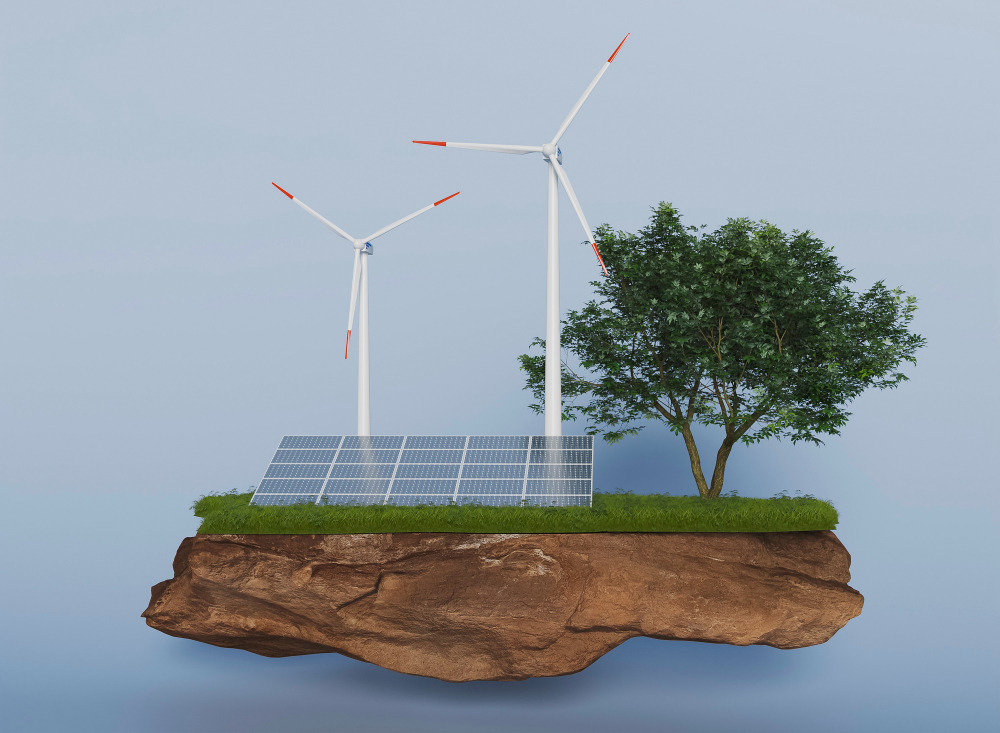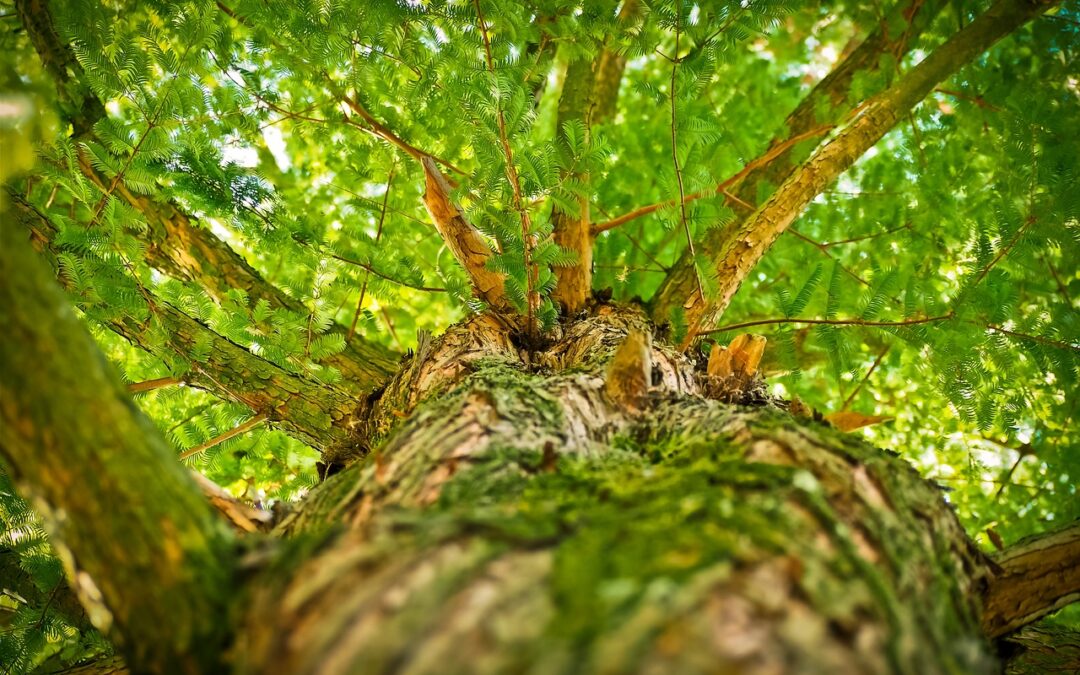In the realm of the energy transition, where sustainability takes centre stage amidst a rapidly evolving world, lies a captivating facet that often escapes our attention: the intricate interplay between our minds and the energy systems we encounter. As nations and organizations worldwide strive to embrace sustainable and renewable energy sources, it becomes imperative to explore the fascinating tapestry of mental representations and categorizations that shape our perceptions and guide our choices. This article embarks on an enlightening journey through the ethereal realm of energy transition pathways, unravelling the profound connection between our cognitive landscapes and the sustainable future that beckons.
The Power of Perception: Pioneering Energy Transition Pathways
1.1 Unveiling Mental Representations: A Symphony of Cognition
Within the fabric of human cognition, mental representations weave an enchanting symphony, shaping our comprehension of energy systems and steering the course of the energy transition. These representations comprise a multifaceted composition of beliefs, attitudes, and cultural norms, which envelop distinct energy sources. Fossil fuels may resonate with notions of dominance and dependability, while renewable energy sources may be accompanied by whispers of uncertainty or perceived costs. Appreciating these perceptual frameworks is akin to discovering the secret harmonies that guide us towards sustainable energy solutions.
1.2 A Kaleidoscope of Perception: Cultural and Societal Influences
Perceptions of energy systems do not materialize in isolation; they are intricately influenced by the kaleidoscope of cultural and societal factors. The symphony of perception intertwines with threads of cultural norms, economic considerations, and historical contexts, creating a rich tapestry of categorization and evaluation. By illuminating these multifaceted influences, we can navigate the intricate terrain of the energy transition with greater clarity, unearthing the challenges and opportunities that lie along the path.
Framing the Future: Mental Constructs and Energy Choices
2.1 The Artistry of Categorization: Mental Frames and Energy Pathways
Within the realm of cognitive architecture, categorization emerges as an art form that guides our decision-making processes. Energy transition pathways exemplify this notion. Mental frames, like brushstrokes on a canvas, organize and categorize different energy options, exerting influence on our perceptions of feasibility, risks, and benefits. By embracing the artistry of framing, we can shape our energy choices, aligning them with our collective vision of a sustainable future.
2.2 Beyond Dichotomous Thinking: Rethinking Boundaries
In the realm of the energy transition, dichotomous thinking often erects artificial boundaries that impede progress. The energy landscape, veiled in shades of grey, transcends simplistic categorizations of renewable versus non-renewable or fossil fuels versus clean energy. Boundaries dissolve when we adopt a holistic perspective, fostering the emergence of hybrid solutions that bridge the gap between conventional and sustainable energy sources while nurturing innovation and transformative change.
Cultivating Change: Nurturing Novel Mental Landscapes
3.1 The Narrative’s Power: Shaping Energy Transition Narratives
Narratives possess a transformative power that can shape our collective voyage towards sustainable energy. Crafting compelling narratives that illuminate the potential of renewable energy, resilience within communities, and the transformative force of collective action can inspire and engage individuals in the energy transition. Through storytelling, we invite others to embark on this shared quest, illuminating the path towards a greener and more harmonious future.
3.2 Education and Empowerment: Illuminating Minds, Igniting Action
Education assumes the role of a sacred vessel, carrying the light of knowledge and empowering individuals to become stewards of the energy transition. By integrating environmental awareness and sustainable energy education into curricula, we sow the seeds of change in young minds. Through transformative learning experiences, we cultivate a generation driven by curiosity and equipped with the tools to forge a sustainable future.
Overcoming dichotomous thinking in the energy transition
41. Categorizations in energy transition pathways
Dichotomous thinking, such as categorizing energy systems as renewable versus non-renewable or fossil fuels versus clean energy, can create artificial boundaries. By embracing a holistic perspective and exploring hybrid solutions, we can bridge the gap between conventional and sustainable energy sources.
Categorizations in energy transition pathways include renewable energy sources (such as solar, wind, hydro, and geothermal power), energy efficiency and conservation, policy and regulatory frameworks, and decentralized energy systems. These categorizations help us understand different strategies, technologies, and approaches to guide decision-making.
4.2 Shaping Energy Choices with Mental Representations
Mental representations influence how we perceive the feasibility, risks, and benefits of different energy options. By understanding and addressing these mental frameworks, we can align energy choices with our collective vision of a sustainable future.
4.3 Contribution of Storytelling to Energy Transition
Storytelling possesses transformative power and can shape our collective journey towards sustainable energy. By crafting narratives that highlight the potential of renewable energy, the resilience of communities, and the power of collective action, we can inspire and engage individuals in the energy transition.













0 Comments